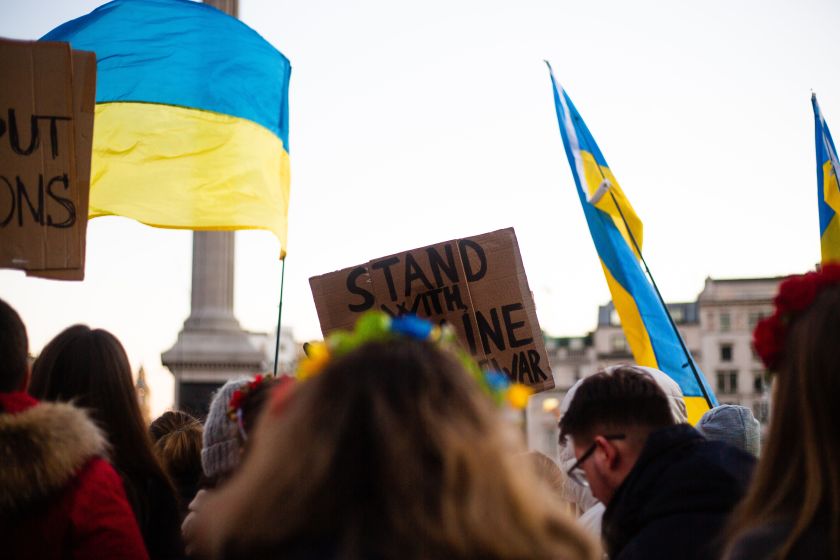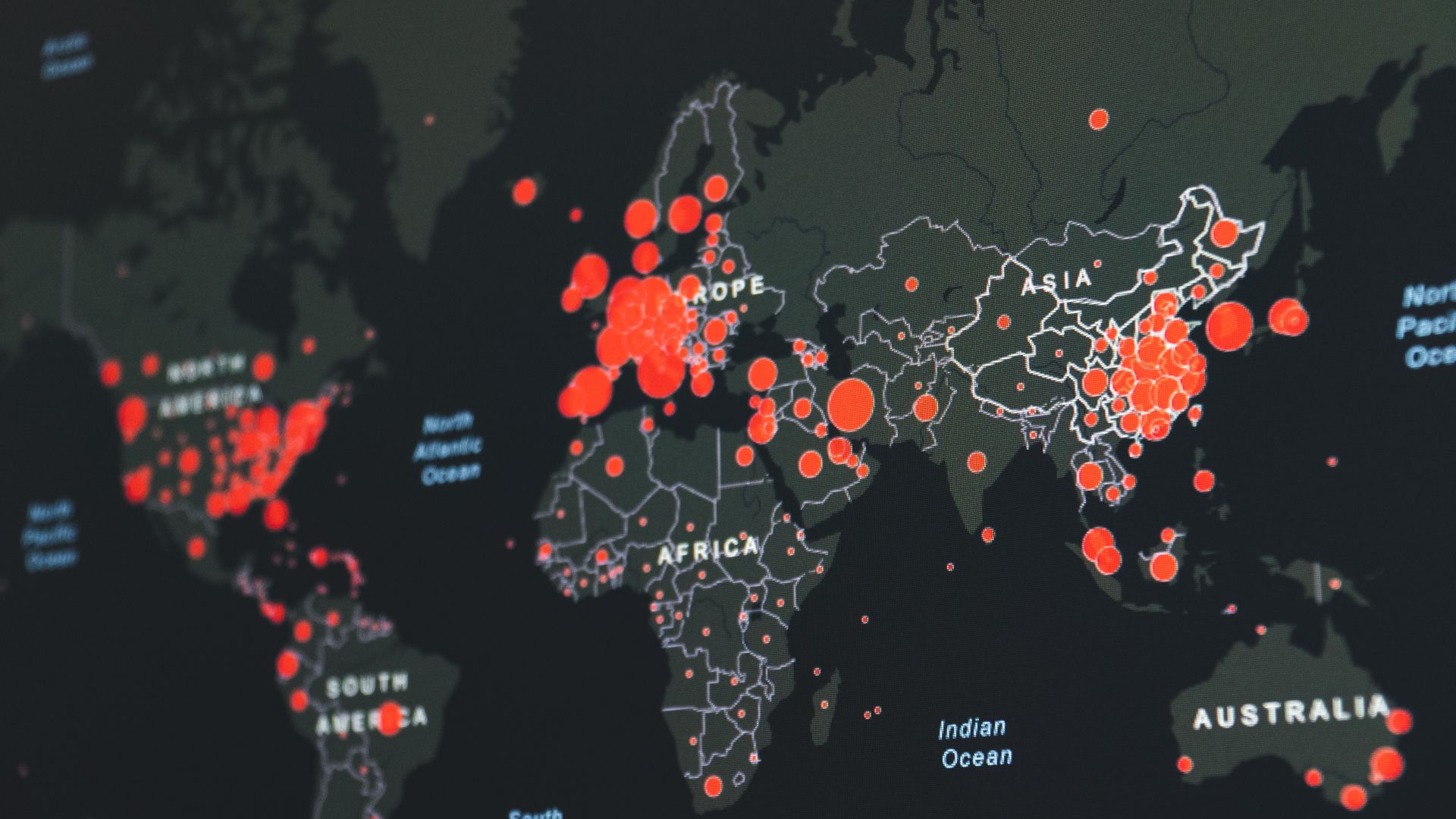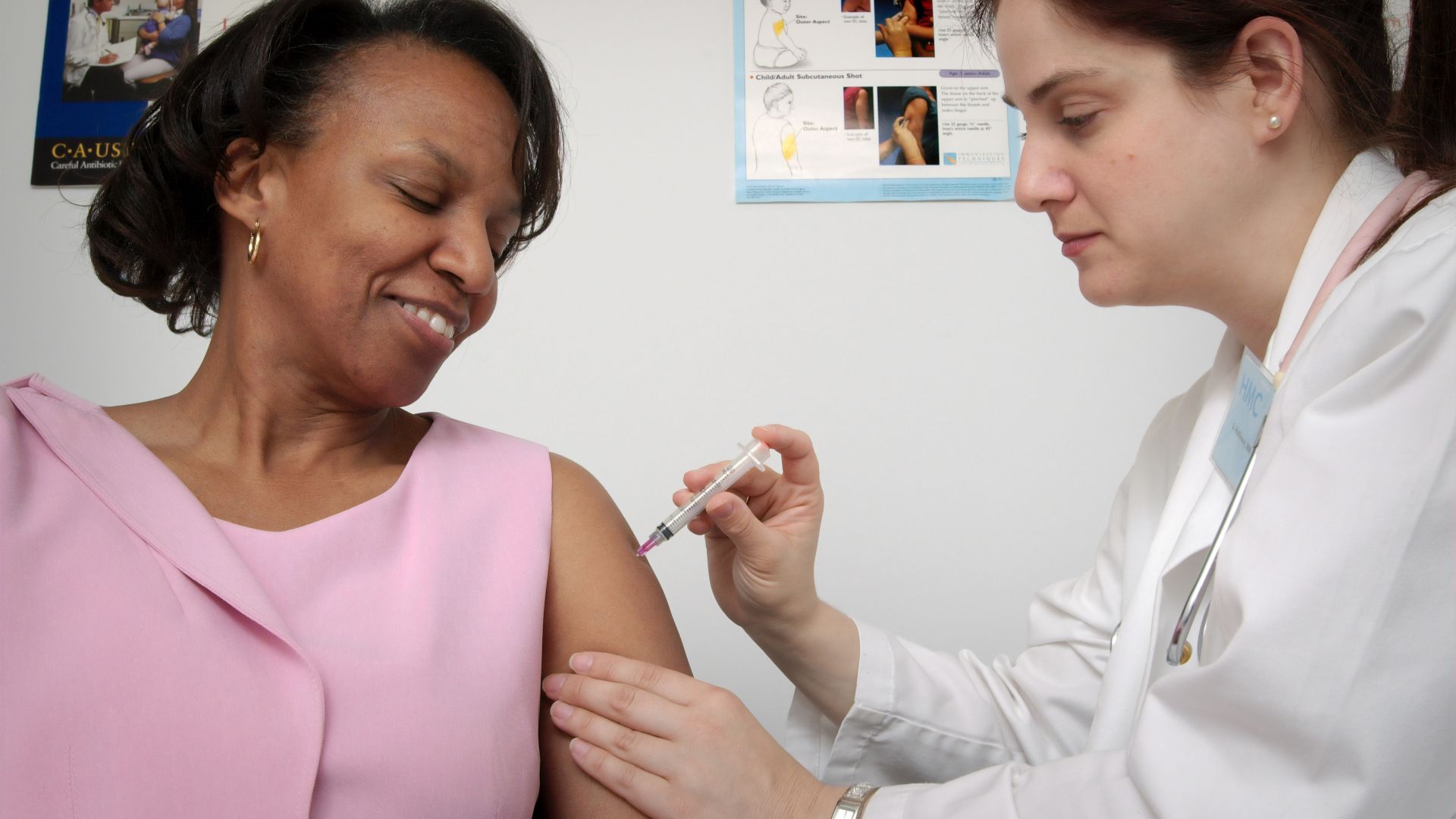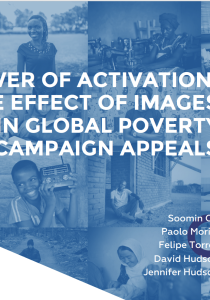
New data from the Development Engagement Lab assesses public appetite in Great Britain for greater government and individual action to help Ukrainian refugees coming to the UK.
Around a third of Ukraine’s population have been displaced either internally or externally by the conflict with Russia since it began in March. Of the roughly 6.8 million who have fled the country, the UK government has welcomed around 65,000 to the UK through its two refugee schemes, and a government spokesperson told the Guardian last week that it has issued about 120,000 visas in total. This means the UK has accepted the fewest Ukrainian refugees than all but one other European country. The country with the fewest refugees is reportedly France, though recent figures show they have outstripped the UK in recent days. Meanwhile, British media and MPs report ongoing difficulties for applicants trying to navigate the refugee schemes, including an absence of background checks for hosts, and most recently a thirteen-year-old girl who was reportedly sent back to Ukraine when her application was rejected.
But what do the British public think about their government’s efforts to help Ukrainian refugees? The Development Engagement Lab surveyed a nationally-representative sample of British adults and found that 57 percent of respondents say the government should be doing more. Among those, 37 percent say the government should be doing a lot more. By comparison, a quarter of the public believe the government is doing enough, while only 7 percent say the government is doing either a bit too much or far too much. On the whole, the message is clear: The public largely believe the government should do more to help Ukrainian refugees.
Breaking down this support by political affiliation shows that Labour voters are most likely to call for more support: 76 percent say the government should do more, while 12 percent believe it’s doing enough and only 3 percent say it’s doing too much. Still, Conservatives largely also support dedicating greater government resource to Ukrainian refugees: 44 percent say the government should do more, while 42 percent believe it’s doing enough, and only 8 percent think it’s doing too much. In terms of policy change, our data shows there is bipartisan support for reviewing assistance for Ukrainian refugees either en route to or already in the UK.
Are the public willing to do more?
The UK government’s most publicized refugee programme is the Homes for Ukraine scheme, which uses social media to pair Ukrainian refugees – mostly women and children – with UK civilians willing to share their homes or spare accommodation with Ukrainians seeking temporary shelter. So far 19,500 refugees have been housed under the scheme, demonstrating strong appetite among the public for getting involved in efforts to help victims of the crisis. But overall, what are the British public willing to do to help? We offered British respondents a range of actions and asked two questions: First, have they performed the action in the past? Second, would they be willing to perform the action going forward? Overall, a whopping 34 percent of respondents said they have already donated money or goods, including clothes or sanitary and hygiene products, to an organization assisting Ukrainian refugees. 16 percent have used social media to engage with the Ukraine refugee crisis, either by sharing content about the crisis or amplifying content from organisations working with refugees. 4 percent have set up collection points, 3 percent have volunteered time or non-monetary resources, 3 percent wrote to their MPs to lobby for simpler visa processes and 1 percent have offered accommodations to refugees.
More importantly for aid organisations and those advocating for support for refugees are our findings around the public’s willingness to assist going forward. For example, on top of the 3 percent who have already volunteered their time or non-monetary resources, a further 29 percent of the British public say they would be willing to volunteer if given the right opportunity. On top of the 34 percent of the British public who have donated money or goods, a further 28 percent said they would be willing to give or give more. According to our data, aid and advocacy organisations are now faced with large-scale untapped support for their work protecting, sheltering and aiding Ukrainian refugees as they cope with the fall-out of this crisis for the foreseeable future. It’s time to get creative about how to unlock those resources.
Be sure to scroll down and subscribe below for upcoming blogs and new DEL data about the Ukraine crisis. In the coming month DEL will ask how aid organisations can help the public connect the dots between the crisis in Ukraine and the greater economic and social impacts on other vulnerable regions and populations around the world. The worsening food crisis in the Horn of Africa comes to mind. How can aid organisations bring such crises to the public’s attention, amidst paltry policy and media attention from the biggest Western donors? Stay tuned.




































